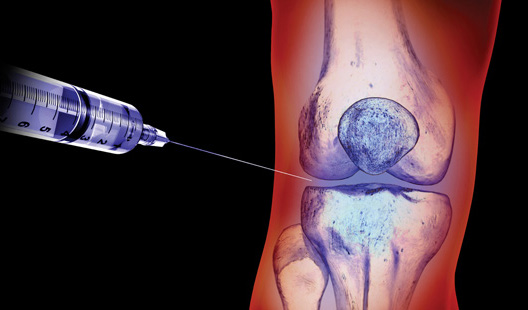Platelet Rich Plasma (PRP) is a therapy that uses a patient’s blood to help heal damaged tissue. PRP is created by taking blood from the patient, separating the red and white blood cells, and then spinning the red cells to create a rich plasma. The PRP is then injected back into the damaged area.
Platelet Rich Plasma treatment is an effective treatment for several conditions, including knee joint repair. Researchers at Wake Forest Baptist Medical Center found that PRP injections can help improve cartilage restoration in knees that have experienced damage. The injections also helped speed up the healing process by increasing the production of new cartilage cells.

There are a few things you need to know before you decide to have a PRP injection: First, your doctor will need to collect your blood. This can be done with a standard blood draw or via a needle directly into the skin. Second, your doctor will need to spin your red blood cells so that they form PRP. This can be done using an electric current or by using centrifugation. Third, your doctor will need to mix the PRP with other ingredients (usually saline) and inject it into the knee
Pros of a PRP Injection
PRP injections are a popular treatment for many knee injuries. There are some pros and cons to PRP injections that should be considered before deciding to have the treatment performed.
The main pros of PRP injections are that they can help repair damaged cartilage and bone in the knee joint, and they can also improve the range of motion.
